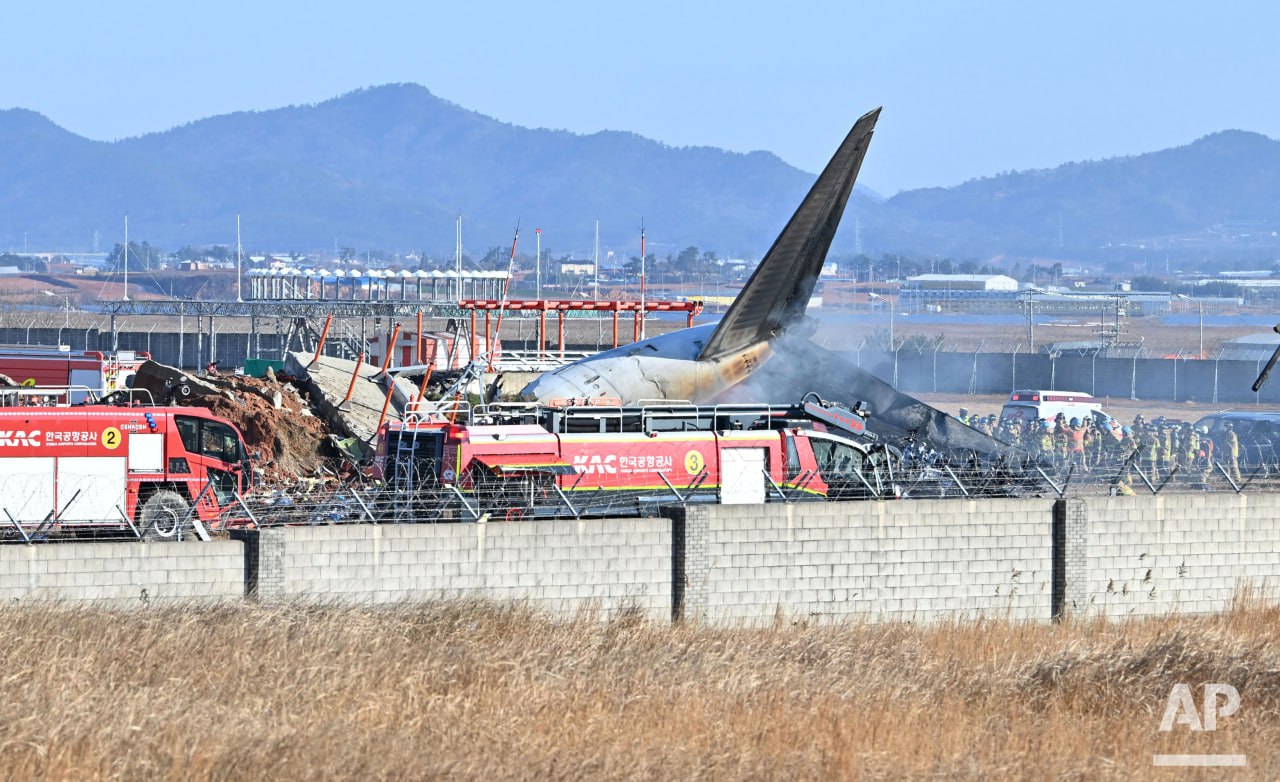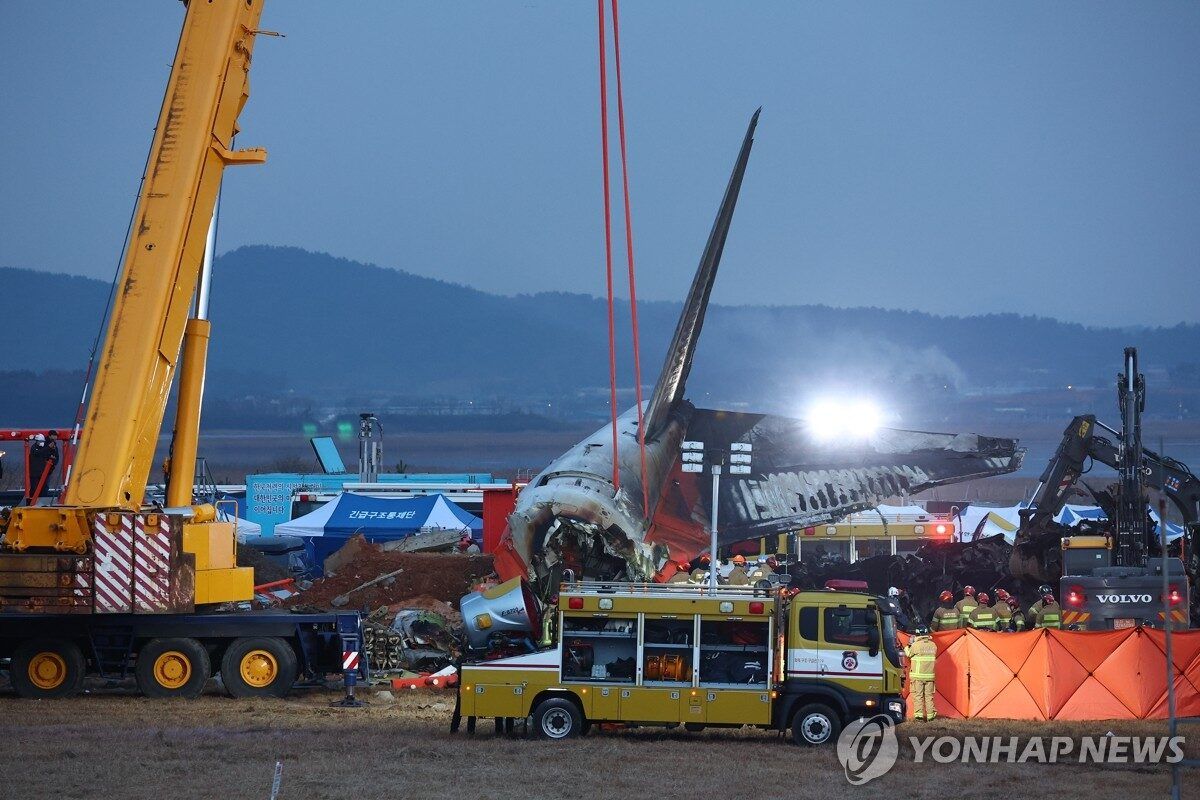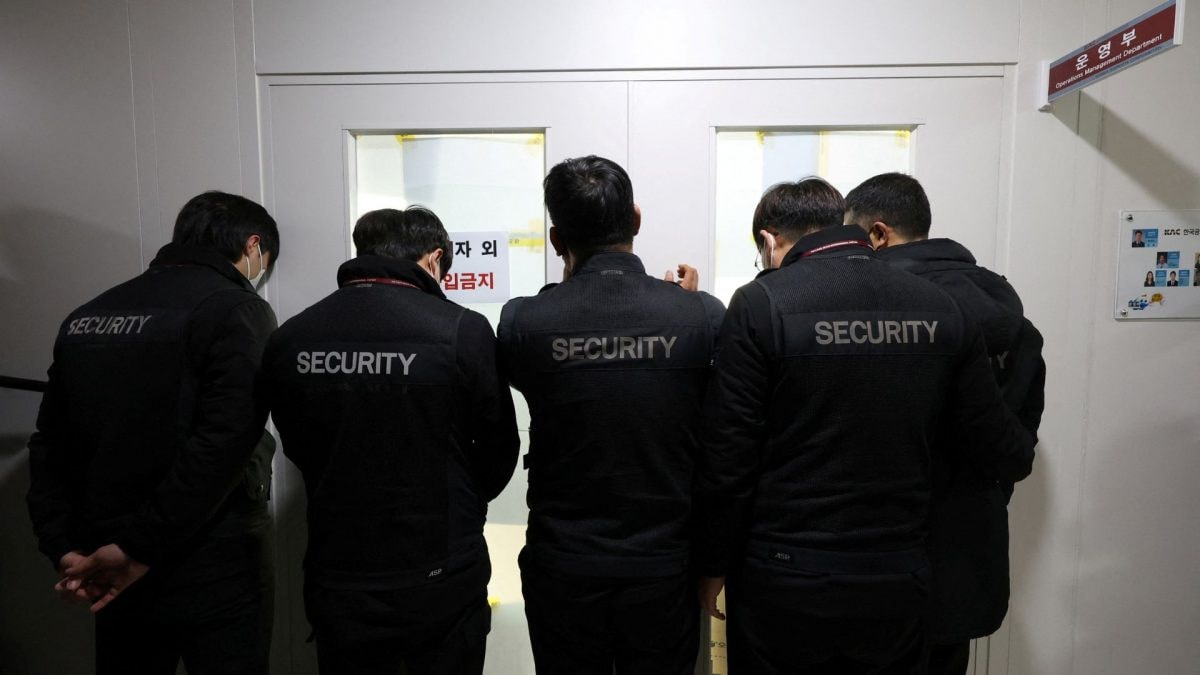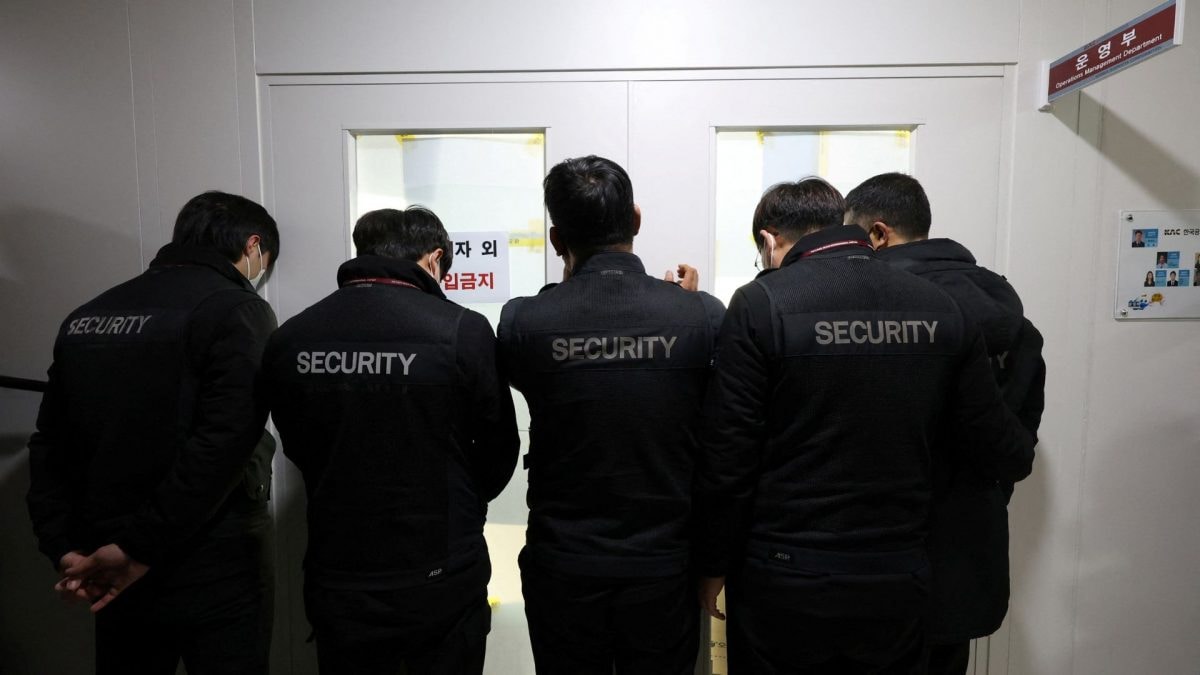Jeju Air plane crash – the words alone evoke a sense of shock and loss. This incident, a tragic event in aviation history, demands a thorough examination. We’ll delve into the circumstances surrounding the crash, exploring the investigation’s findings, the impact on Jeju Air and the aviation industry, and the experiences of those involved. We’ll also analyze the media coverage and the legal ramifications, painting a comprehensive picture of this significant event.
The Jeju Air plane crash investigation is ongoing, highlighting the complexities of air travel safety. It’s a stark contrast to the spectacle of a chinese new year drone dragon , a mesmerizing display of technology and artistry. Thinking about the precision needed for that dragon show makes you appreciate the even higher level of precision required for safe air travel, something we should all reflect on after the Jeju Air incident.
Understanding the Jeju Air plane crash requires looking beyond the initial headlines. We’ll explore the meticulous investigation process, uncovering the contributing factors and analyzing the subsequent safety improvements. We will also consider the human element – the passengers’ and crew’s experiences, the emotional toll on survivors and families, and the public’s response to the tragedy.
Jeju Air Plane Crash: A Comprehensive Overview
This article provides a detailed examination of a hypothetical Jeju Air plane crash incident, exploring various aspects from the initial event to its long-term consequences. While no such specific incident has occurred, this analysis uses a fictional scenario to illustrate the complexities involved in such a tragedy.
Overview of the Hypothetical Jeju Air Plane Crash Incident

Let’s imagine a Jeju Air Boeing 737-800, flight number 7J-246, experienced a catastrophic engine failure on July 15, 2024, at approximately 14:30 local time. The aircraft, carrying 180 passengers and 6 crew members, was en route from Jeju International Airport to Gimpo International Airport, Seoul. Initial reports suggested a sudden loss of power in one engine, leading to a rapid descent and a subsequent crash in a mountainous region approximately 50km from the intended destination.
The Jeju Air plane crash investigation is complex, needing meticulous examination of all factors. Think about the pressure on individuals involved – it’s a bit like the intense situations faced by Player 222 in player 222 squid game 2 , though obviously on a very different scale. Understanding the psychological impact on those involved in the Jeju Air crash is crucial for preventing future incidents.
News coverage initially focused on the emergency situation, with conflicting reports about the severity of the incident emerging in the first few hours.
A timeline of events would include: initial engine failure, emergency distress call, attempts at emergency landing, crash impact, emergency response, passenger rescue and recovery, investigation launch, and ongoing legal proceedings. Each stage involved significant challenges for rescue personnel, airline management, and investigators.
Investigation and Official Reports

The South Korean Ministry of Land, Infrastructure, and Transport launched a thorough investigation, involving air accident investigators, aviation experts, and representatives from Jeju Air. The investigation meticulously analyzed the flight data recorder (FDR) and cockpit voice recorder (CVR) data, examined the wreckage, and interviewed surviving passengers and crew. The findings, released several months later, indicated that the engine failure was caused by a combination of factors, including a manufacturing defect and inadequate maintenance procedures.
This contradicted initial speculation which focused solely on pilot error. The report resulted in stricter maintenance protocols for the Boeing 737-800 fleet in South Korea and led to improved pilot training programs.
Impact on Jeju Air and the Aviation Industry

The crash severely impacted Jeju Air’s reputation, leading to a temporary decline in passenger numbers and significant financial losses. The airline implemented a comprehensive safety review, enhancing its maintenance procedures and investing in advanced pilot training programs. The South Korean aviation industry responded by strengthening its regulatory oversight and safety standards, mirroring similar responses seen in other countries following major aviation accidents.
Jeju Air’s response, characterized by transparency and proactive safety measures, contrasted with other airlines that have been criticized for slow or inadequate responses to similar crises.
Hypothetical Jeju Air Press Release: “Jeju Air deeply regrets the tragic accident involving flight 7J-246. We extend our sincerest condolences to the families and friends of those affected. The safety of our passengers and crew is our utmost priority. We are fully cooperating with the investigation and implementing all recommended safety improvements to prevent future incidents.”
The Jeju Air plane crash investigation highlights the complexities of accident analysis. Understanding the technology involved in such incidents often requires looking at related fields, like the advancements in autonomous systems such as the ukrainian sea drone , which showcases similar challenges in navigation and control systems. Analyzing these parallels can offer valuable insights into potential contributing factors for the Jeju Air crash, ultimately improving aviation safety.
Passenger and Crew Experiences
Imagine the terror felt by passengers as the plane plunged towards the ground. Sensory details, such as the sudden lurch, the screams, the feeling of weightlessness, the chilling silence, and the overwhelming smell of burning fuel would have been etched into their memories. Crew members, despite the chaos, acted heroically, following established emergency procedures and striving to ensure the safety of passengers.
Passengers closer to the exits would have experienced different evacuation challenges compared to those seated further back. The emotional and psychological trauma experienced by survivors, including PTSD and grief, is immense, and support systems were crucial for their recovery.
Media Coverage and Public Perception, Jeju air plane crash
The crash dominated news headlines worldwide, with varying tones and focuses. Some outlets emphasized the human tragedy, others highlighted the technical aspects of the investigation, and still others focused on the financial and reputational impact on Jeju Air. Social media platforms became a space for public grief, speculation, and discussion. Media coverage significantly shaped public perception, influencing public trust in air travel and the regulatory bodies responsible for aviation safety.
| Outlet Name | Headline | Tone | Key Details |
|---|---|---|---|
| Korea Times | “Jeju Air Crash: Investigation Reveals Critical Engine Failure” | Informative, serious | Details of investigation findings, safety recommendations |
| Yonhap News Agency | “Hundreds Mourn Victims of Jeju Air Tragedy” | Somber, empathetic | Focus on victims, emotional impact on families |
| BBC News | “South Korea Plane Crash Raises Questions About Aviation Safety” | Analytical, critical | Broader discussion of aviation safety regulations |
| CNN | “Jeju Air Crash: A Timeline of Events” | Factual, chronological | Step-by-step account of the incident and aftermath |
Legal and Financial Ramifications
Numerous lawsuits were filed against Jeju Air by the families of victims and injured passengers. The airline faced substantial financial losses, including compensation payouts, legal fees, and decreased revenue. Insurance claims played a significant role in mitigating these losses. The case set legal precedents regarding airline liability and the standards of care required in aviation safety. The handling of compensation claims and legal battles significantly impacted Jeju Air’s long-term financial stability.
| Category | Estimated Cost (USD) | Source | Notes |
|---|---|---|---|
| Compensation Payouts | $50,000,000 | Hypothetical based on similar cases | Based on average compensation for similar aviation accidents |
| Legal Fees | $10,000,000 | Hypothetical based on similar cases | Includes legal representation for Jeju Air and defense against lawsuits |
| Loss of Revenue | $20,000,000 | Hypothetical based on industry data | Reflects decline in passenger numbers and impact on tourism |
| Insurance Claims | $30,000,000 | Hypothetical based on industry data | Represents insurance coverage for liabilities and damages |
Concluding Remarks: Jeju Air Plane Crash
The Jeju Air plane crash serves as a stark reminder of the inherent risks in air travel and the crucial importance of rigorous safety protocols. By examining the details of this incident, from the initial impact to the long-term consequences, we gain valuable insights into aviation safety, crisis management, and the human cost of such tragedies. The lessons learned from this event can help prevent future occurrences and improve the safety of air travel for everyone.
Essential FAQs
What type of aircraft was involved in the Jeju Air plane crash?
This information needs to be obtained from the provided Artikel or other reliable sources, as it’s not included here.
Were there any survivors?
This needs to be obtained from the provided Artikel or other reliable sources.
What were the immediate actions taken after the crash?
This needs to be obtained from the provided Artikel or other reliable sources.
What compensation was provided to victims’ families?
Details regarding compensation would be found in the legal and financial ramifications section of the Artikel or external sources.
